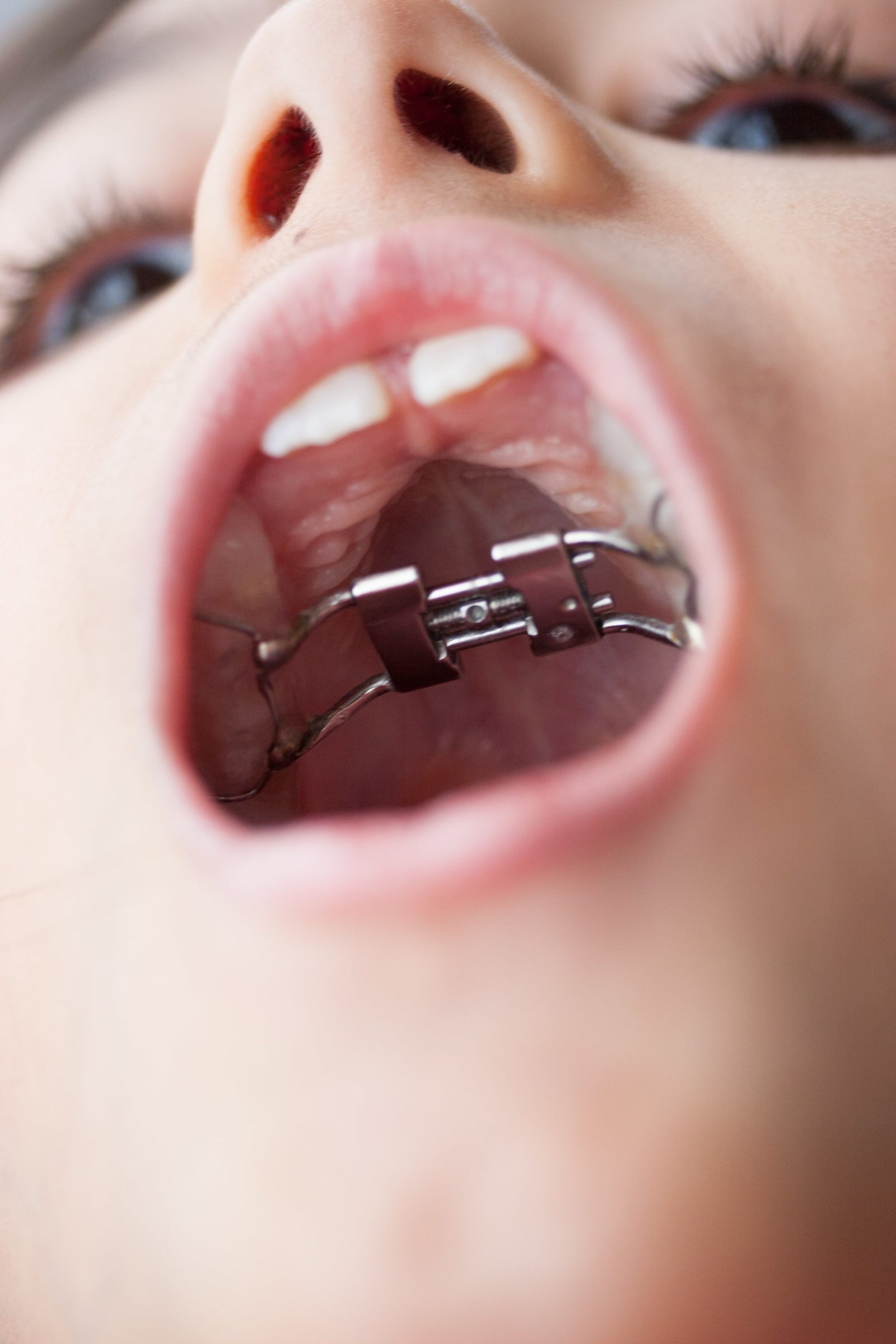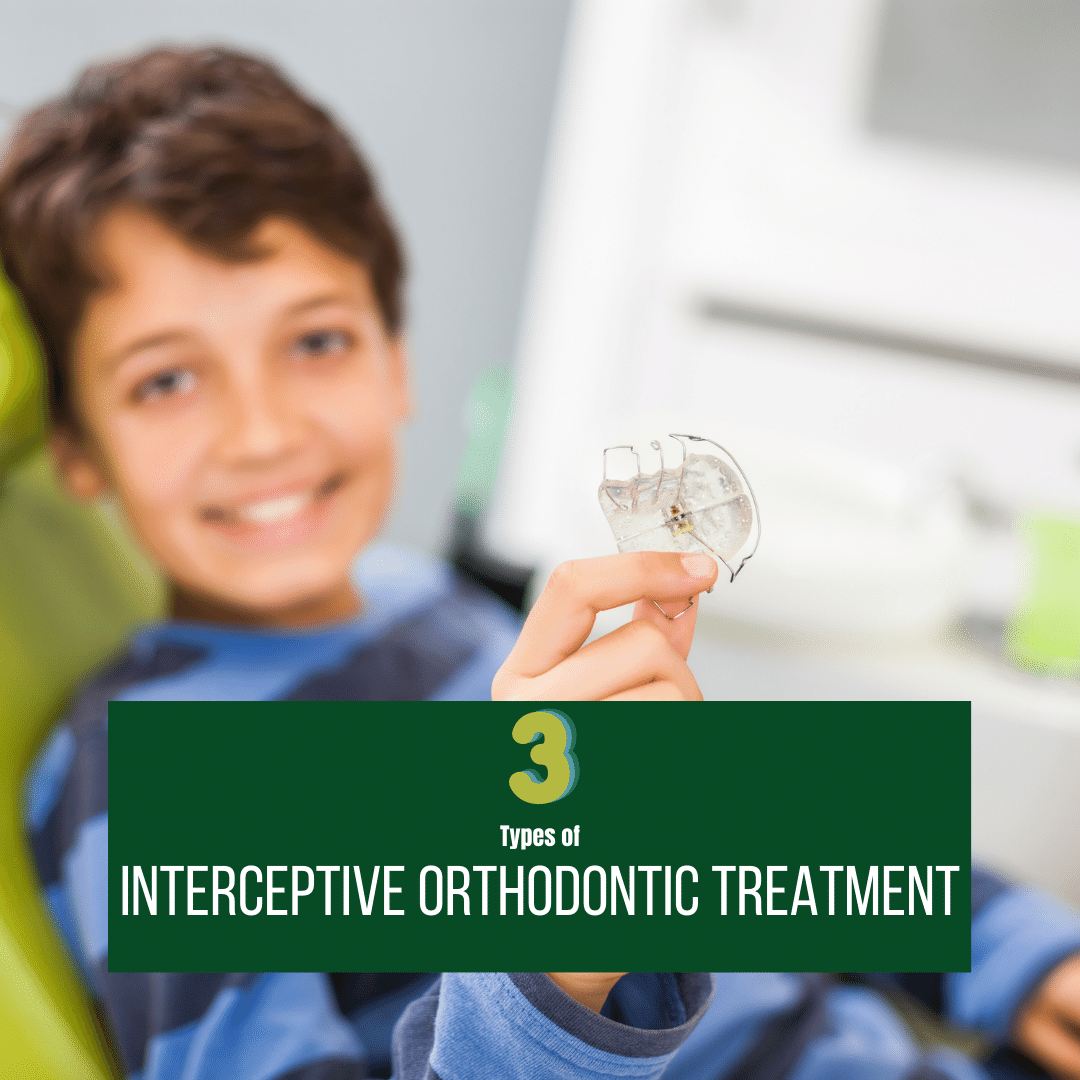Did you know that in addition to decreasing your child’s risk of tooth decay and gum disease, their pediatric dentist can also help encourage better tooth placement and jaw development? Most people are familiar with active orthodontic treatment, which uses appliances like metal braces or clear aligners to straighten the teeth and align the bite. However, not as many people are familiar with interceptive orthodontic treatment.
Also known as early orthodontic treatment or preventative treatment, interceptive orthodontic treatment works to identify and correct potential bite problems before they develop completely in order to prevent more serious problems down the line. Since children between the ages of 4 and 11 still have jawbones that are actively growing, pediatric dentists can help direct this growth to reduce a misaligned bite (malocclusion).
While your child may still need orthodontic treatment once they are old enough, interceptive orthodontic treatment can reduce the extent of treatment. Additionally, interceptive orthodontic treatment…

- Creates and maintains space for adult teeth to erupt properly
- Lowers the risk of dental emergencies caused by protruding teeth
- Gently guides jaw growth for better facial symmetry
- Reduces the risk of tooth extraction
- Optimizes proper bite and jaw development
Our pediatric dentists carefully monitor your child’s teeth and bite during their semi annual dental exams. Screening for possible alignment issues is simply a part of these exams and does not require any other action on your part. If our dentists notice a potential problem, they will make you aware and explain the best course of action. In some cases, it may be necessary to simply monitor your child’s growth to see if anything changes. In other cases, your child’s pediatric dentist may recommend one of the following interceptive orthodontic treatments:
Space Maintainers
In the case that your child loses a baby tooth prematurely, their dentist may recommend a space maintainer. Like their name suggests, space maintainers ensure that the space left by the missing tooth will remain open for the permanent tooth to eventually erupt. Without a space maintainer, the surrounding teeth can shift into the space, causing the permanent tooth to erupt crooked or not at all.
Palate Expanders

Some children are born with a narrow upper palate, meaning that the top of their mouth is often too small to accommodate incoming permanent teeth. When this happens, it can cause the teeth to overlap or become overcrowded. To prevent this and to ensure there is enough space for the permanent teeth to erupt, a palate expander is often recommended to gradually widen the palate.
Crossbite Correction
A cross bite occurs when the upper teeth fit inside the lower teeth. When this is seen in the back teeth, it is known as a posterior crossbite and when it is seen in the front teeth, it is known as an anterior crossbite. To prevent a crossbite from developing or to minimize its severity, your child’s pediatric dentist may recommend different treatments. In some cases, a palate expander may be used, while other cases may require additional or different orthodontic appliances.






